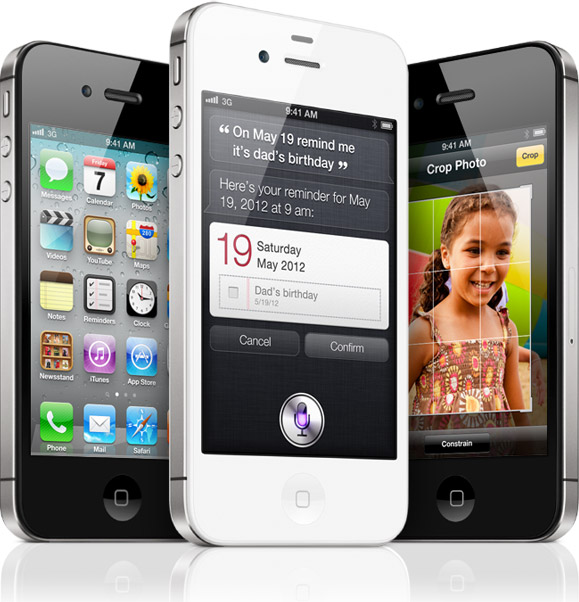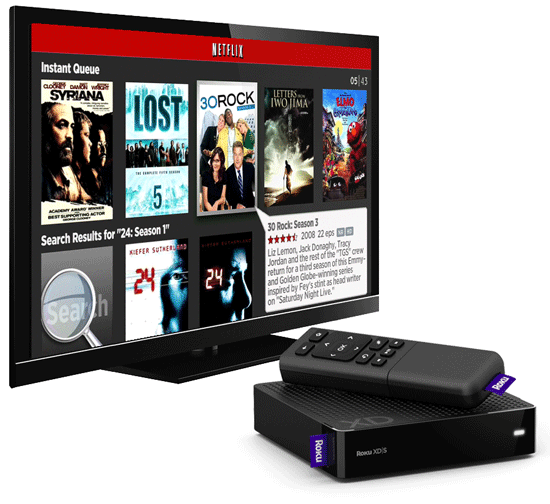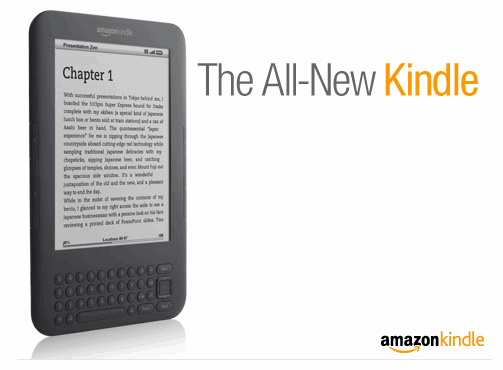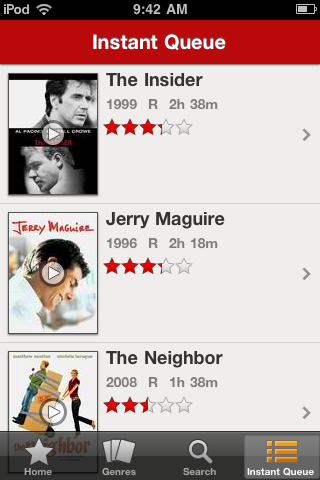by Aanarav Sareen on October 11, 2010

The television set-top market is expanding rapidly. Just over the past week, we’ve seen 3 major players revamp the space with drastically different solutions.
These companies are Google, with their Google TV product (review), Roku with its 3 boxes (review) and Apple with its revamped Apple TV.
The new Apple TV is an aesthetic departure from the first generation. It’s smaller, does not contain a hard drive and is priced at less than $100 (by a penny).
Given the Logitech Revue and Roku variations, the Apple TV is a disappointment with a huge potential.
Unlike the first generation Apple TV, the new device does not come with a hard drive. It’s meant to sync directly with an iTunes library and rent or purchase content via the iTunes Store. The new device also has a Netflix app that allows users to view their ‘Watch Instantly’ content.
Other than the Netflix app, the reduced size and lower price point, the new Apple TV does not offer much over its predecessor or its competition.
However, the true potential of the device can only be realized with the un-announced Apple TV app store.
While signs do point towards a potential announcement, the Apple TV in its current form and features is an inferior device than both the Roku and the Google TV.
by Aanarav Sareen on October 6, 2010
After months of anticipation, Logitech Revue, the first Google TV device is now available for pre-order. Starting at $299.99, it offers a wide range of options and features. The primary goal of the device is to connect web content with premium content and deliver it on “the biggest screen in the house.”
With the increasing competition in the digital set-top box market amongst Roku, Apple TV and now a slew of Google TV devices — the market is already starting to get cluttered. Is Google TV a step above from Roku and the Apple TV? Depends. Let’s take a look at some of the top-level features for the Logitech Revue:
Content:
At launch, the Logitech Revue features content from Amazon Video on Demand, Netflix, Pandora and a few other premium content providers. Apart from premium content, the device can also access content via Google Chrome, which is built into the device. This allows users to view content from any website. Given that the Logitech Revue supports Flash Player 10.1, it is possible to view content from Flash enabled websites. As of this point, Hulu has not announced support for Logitech Revue.
Search:
Since the Revue is powered by Google TV, search is one of the key features on the device. Search can be accessed at any point allowing users to browse content from any attached computers, connected DVRs or the web.
Calling:
The Logitech Revue features video calling. However, to enable this feature, a user must purchase a compatible Logitech camera and the end user must be using the Logitech Vid HD platform. Given the popularity and adoption rates of Skype, it is surprising to see that the Revue does not support Skype, yet. At this point, video calling is simply a premium feature with limited use.
Conclusion:
Given the price point and the initial limited feature set, it’s hard to recommend the Logitech Revue for general consumers. Very few features of the Revue are ground breaking original. Nearly all features of the device are available on other boxes — TiVo and Roku. Given that this is the first revision, it’s still a good step forward. For wide adoption, the price point has to reduce significantly.
by Aanarav Sareen on October 4, 2010

Technology has come a long way in just the past 5 years. Companies like Facebook, Twitter and YouTube have not only changed the way we do business and communicate, but these companies have also created entire economies. Today, there are thousands of social media consultants (good, bad and terrible) as well was hundreds of social media advertising agencies. By creating new technologies, entire ecosystems have come alive.
The same applies to mobile platforms including the iPhone and Andorid. These platforms did not exist a few years ago. Today, they’re thriving and are the future of communication
Despite innovation, there are people who choose to complain and dispute the benefits of technology. Ask anyone in the media and entertainment space and they will say that these advances are tools. They are.
Just like you can use a hammer to build or destroy a house, these new tools can be used for good and bad.
Often times, it’s hard to distinguish good from bad because a certain technology hasn’t been fully developed and nor will it ever be. Technology evolves. Companies need to evolve with them.
I have the privilege of working with some of the best media companies in the world. Often times, my advise to them is simple – try. Some initiatives work. Others fail. But, until someone tries, you won’t be able to determine the good from bad.
If a company the size of Google can experiment in it’s own domain with failed products such as Wave, media companies can and should experiment outside their core space. If it doesn’t work, there will always be another thing around the corner.
The biggest advantage of experimentation is the first mover advantage. Often times, the first company that enters the market with an innovative product gets to set the tone and others follow. A great example of this is the New York Times iPad app. The company developed the app and are now licensing it.
Disputing technology is neither helpful nor productive. Adapting technology is.
 Thursday, January 26, 2012 at 10:32PM |
Thursday, January 26, 2012 at 10:32PM |  Visual Avenue
Visual Avenue 












